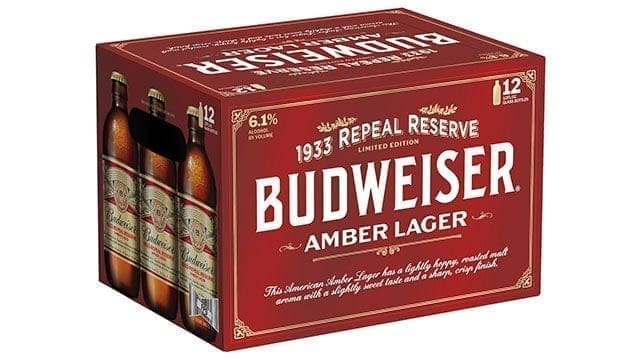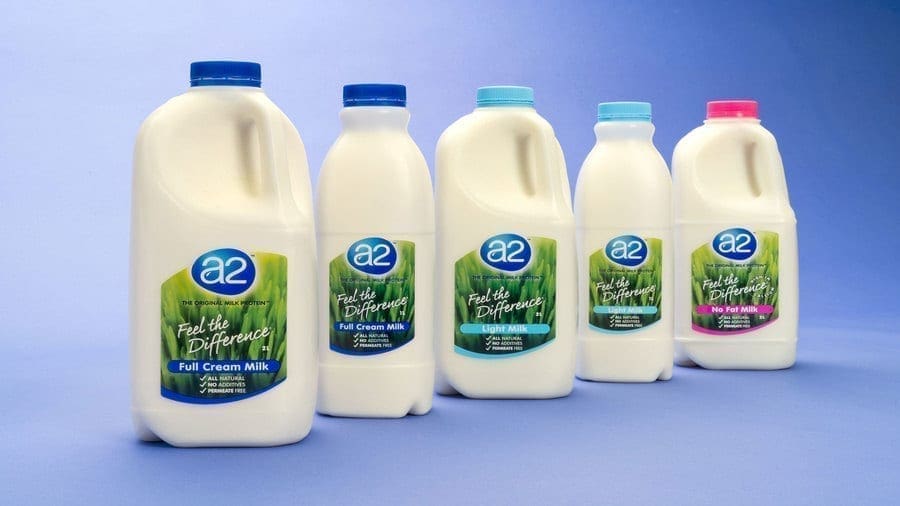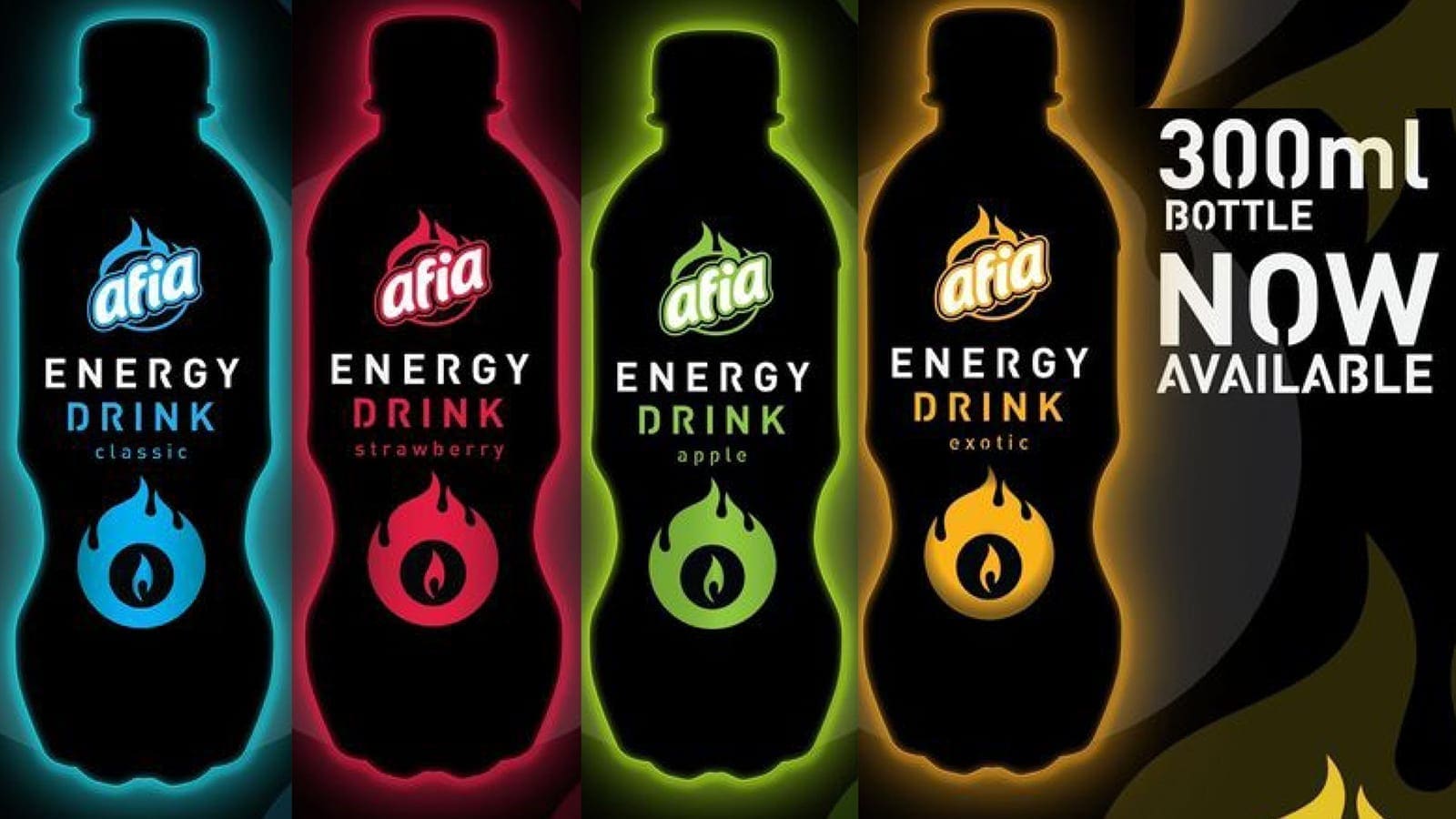BELGIUM – AB InBev, the world’s biggest beer producer, has a lot to thank for its acquisition of its former rival SABMiller for a ‘transformative year’ for the company, after it delivered a solid 5.1% growth in revenues for the full year to end of 2017.
The US$103 billion SABMiller deal, which closed in September 2016, has been billed by AB InBev as its ‘most successful business integration ever’ enabled the maker of Budweiser, Stella Artois and other beer brands to deliver its best performance in three years.
SABMiller, originally from Africa, has been critical in delivering to AB InBev new geographies especially in Africa, Latin America and Eastern Europe that have given the company growth opportunities in its expanded footprint, both in developed and developing markets.
In a widely positive financial release statement, the cost conscious conglomerate, says that it has ‘adopted a new way of looking at the beer category that recognizes different market maturities and the role of brand portfolios in driving category growth.’
“The combination has created something greater than the sum of its parts. The combination with SAB has exceeded our expectations.
Cost synergies are not only greater than originally expected, but they are also being delivered at a faster pace. Revenue synergies are well underway through the successful launch of our global brands into new territories, among other activities,” the company says.
Excellent financials
The company revealed a 5.1% revenue growth in 2017 up from 2.4% in 2016 with a big contribution from higher growth developing economies, with a CAGR of 4.6% for the five years to 2017, exceeding its global FMCG peers.
On top of the SABMiller effect, business rebounded in Brazil. EBITDA surged to13.4% from -0.1% in 2016.
With particularly strong results in the fourth quarter, the company’s three global brands Budweiser, Stella Artois and Corona revenues grew 9.8%.
Budweiser grew its global revenue by 4.1%, while Stella Artois grew 12.8% driven by sales in North America, Australia and its entry into South Africa and other new markets.
Corona grew its revenue by 19.9% globally, led by Mexico, China, Australia and Argentina.
Africa drives aggressive growth
Former SABMiller operation in Africa had memorable performance for the brewer, which is tapping into the huge potential in the continent, and SABMiller’s deep investment in some of the fastest beer growing countries.
In the African region excluding South Africa, beer volumes grew in the mid-teens in 2017 in most of the countries, including in Nigeria, Tanzania, Uganda and Zambia, through the focus on affordability and premiumization strategies in these countries.
Beer revenues in South Africa grew 6% in FY17, with volume growth of 0.9%. EBITDA grew by 21.1%
High end portfolio brands Stella Artois, Corona and the recent introduced Budweiser grew volumes and gained market share gains, finishing the year with triple-digit growth. Flavoured beer brand Flying Fish recorded over 60% growth while Castle Lite continued its growth trajectory.
“Continuously investing in innovation, we introduced several new packages and products this year. Some especially noteworthy launches include the one liter bottle, which establishes a new multi-serve pack size at an attractive price point within the core brand segment, and Castle Free, enabling us to compete in the non-alcohol beer segment with exciting implications for the image and health of the beer category,” the company said.
In China revenue grew by 7.3% in the year with volume growth of 1.1%, driven by premium brands in a general market that decline nearly 1% during the year.
EBITDA grew by 34.7% with margin expansion to 28.9% with premiumization driving top-line growth.
Russia, US struggle, Brazil, Mexico deliver
The PET packaging ban in Russia affected the total beer industry, with revenues in Eastern Europe declining by low single digits.
A decline in the US’s beer market impacted the brewery in the country, where it reported at 3% fall in sales.
Brands within the above premium brand portfolio had a strong year, including Michelob Ultra led where volumes grew by double-digits. Premium beers Budweiser and Budweiser Light lost market share.
In Mexico, volumes were up mid-single digits, revenues up high single digits, with local and international premium brands growing aggressively.
Colombia saw revenue growth of 4.5% with revenue per litre up 7.3%, benefitting from improved brand mix driven by continued rapid growth of global brands, especially Corona.
Brazil saw a recovery throughout the year, delivering its strongest results in the fourth quarter. Revenue grew by 5.6% with beer volumes up 0.7% whereas the beer industry was slightly negative.
Sustainability
The company will focus on sustainability in 2018, and is set to announce a set of ambitious sustainability goals, including clean energy, smart agriculture, water conservation, recyclable packaging as well as safer workplaces and communities.
In 2017, the brewer committed to source 100% of its purchased electricity from renewable energy sources by 2025.
“To brew the highest-quality beers, we need a sustainable environment and thriving communities. Sustainability is not just related to our business, it is our business. Consumers increasingly demand a commitment to sustainability from the brands they purchase,” the company said
The company has said that it will maintain its US$3.2 billion synergy and cost savings expectation as of August 2016, with US$2.1 billion already realized way before time.
It believes that the balance of just over US$1 billion will be captured in the next two to three years.










